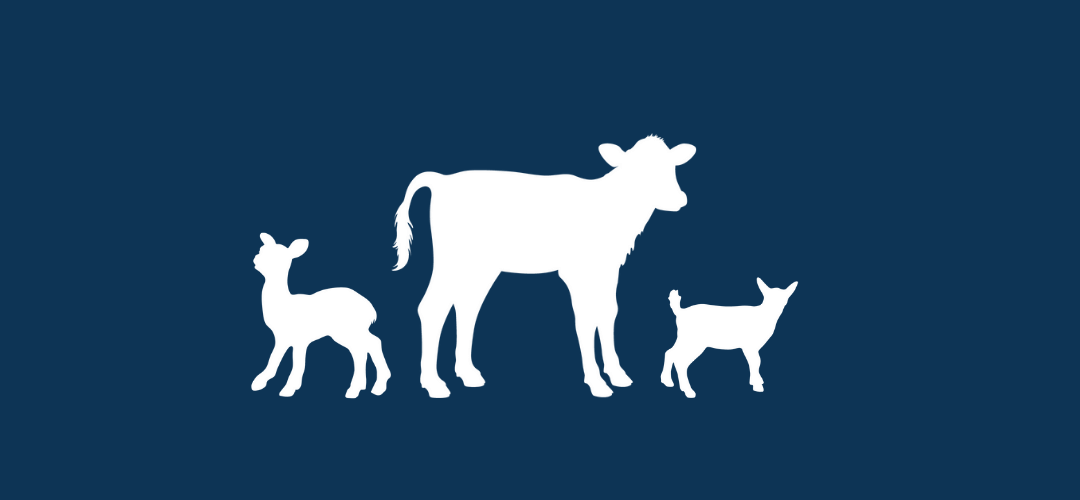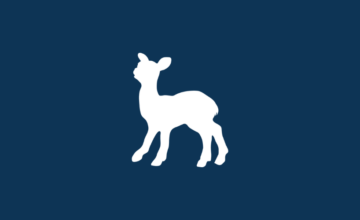How to mix milk replacer
- Apr 09, 2024
- By Grober Nutrition
- In Canada
Proper mixing and feeding of milk replacer is crucial to the early health and development of young animals. When mixing milk replacer there are a few things to remember.
Before we dive in, let’s start with the tools you will need:
- Bucket
- Measuring cup for water
- Scale
- Thermometer
- Whisk or other mixing tool
- Hot water
Step 1: Make sure all feeding equipment is clean
The early days of life are when animals are most susceptible to disease as their immune systems aren’t fully developed. That’s why cleanliness is crucial for feeding equipment and their environment. Before you begin mixing, make sure all the tools you are using have been disinfected. After mixing and feeding, all tools, and pails or bottles used for feeding should be rinsed and disinfected to prevent bacteria build up.
Step 2: Weigh your milk replacer
Young animals thrive off consistency. Ensuring a consistent feed and feeding schedule will help optimize young animal performance. After choosing a milk replacer made with consistent, high-quality ingredients, the next step in ensuring consistency is weighing your milk replacer powder. Many producers prefer to measure with a scoop however, we always recommend weighing. A scoop may be used to measure powder after determining where on the scoop the required weight of powder comes to. Then, every time a new lot number of milk replacer is used, powder should be re-weighed in the scoop or cup to ensure correct feeding concentration.
Bulk density of milk replacer can change between lot numbers; therefore, the amount of powder fed could be under, or over, the target amount. If using an automatic feeder, we recommend recalibrating the feeder with each new lot number.
Mixing instructions and concentration can be found on the tag attached to each bag of milk replacer. You can also find mixing instructions on our product pages. In general, mixing concentrations for each species are;
Calves: 150g of milk replacer powder per litre of water
Kid goats: 150g of milk replacer powder per litre of water
Lambs: 190g of milk replacer powder per litre of water
Step 3: Measure your water
Measure out your hot water and add it to the bucket you will be mixing in. Water should be hot, to ensure all the powder properly dissolves and to make mixing easier. Use a thermometer to check the water temperature and make sure it stays under 60°C as water higher than this temperature can denature the proteins in milk replacer.
We recommend starting with about half of your needed water at a hot temperature for mixing, and then adding cooler water at the end to cool the mixture down to body temperature (38 – 40°C) for the animal to drink.
Step 4: Add powder to water and mix!
It is important to add water to the bucket first and add the powder on top, to make mixing easier. If milk replacer powder is added first, it can get stuck to bottom and make mixing more difficult. Mix vigorously until all powder is broken up. You can use a whisk, or many producers use a paint mixer attachment on the end of a drill for even easier and thorough mixing.
Step 5: Add remaining water and check final temperature
Finally, mix in remaining water and check the temperature of the final mixture. Milk replacer should be fed at body temperature, which is 38 – 40°C. If the mixture is too hot, it can burn the animals mouth and decrease their desire to drink. If it’s too cold, animals will have to use energy to warm it up when that energy should be going towards to growth.
In summary:
- Check that all mixing and feeding tools are clean
- Weigh your milk replacer powder
- Measure water. Start with half the total amount of hot water (max 60°C)
- Add milk replacer powder to hot water and mix thoroughly
- Add remaining water at a cooler temperature to bring the mixture down to body temperature for feeding (38 – 40°C). Check the temperature of final mixture and feed!
For a video demonstration, watch our ‘How do you mix milk replacer?‘ video on YouTube, on The Dairy Academy.















